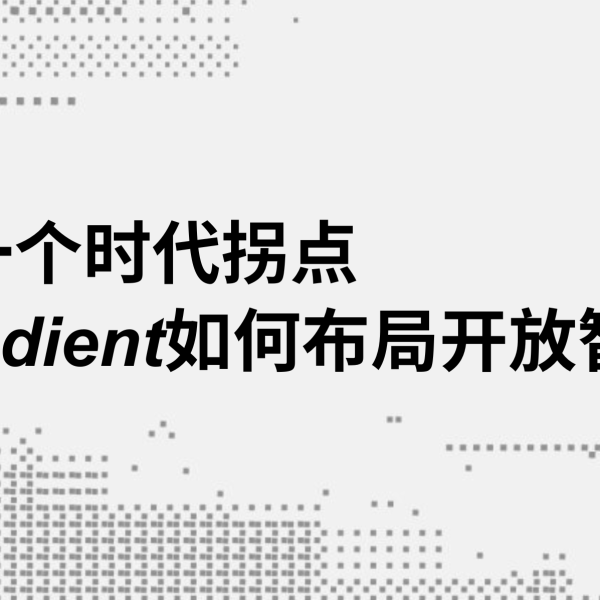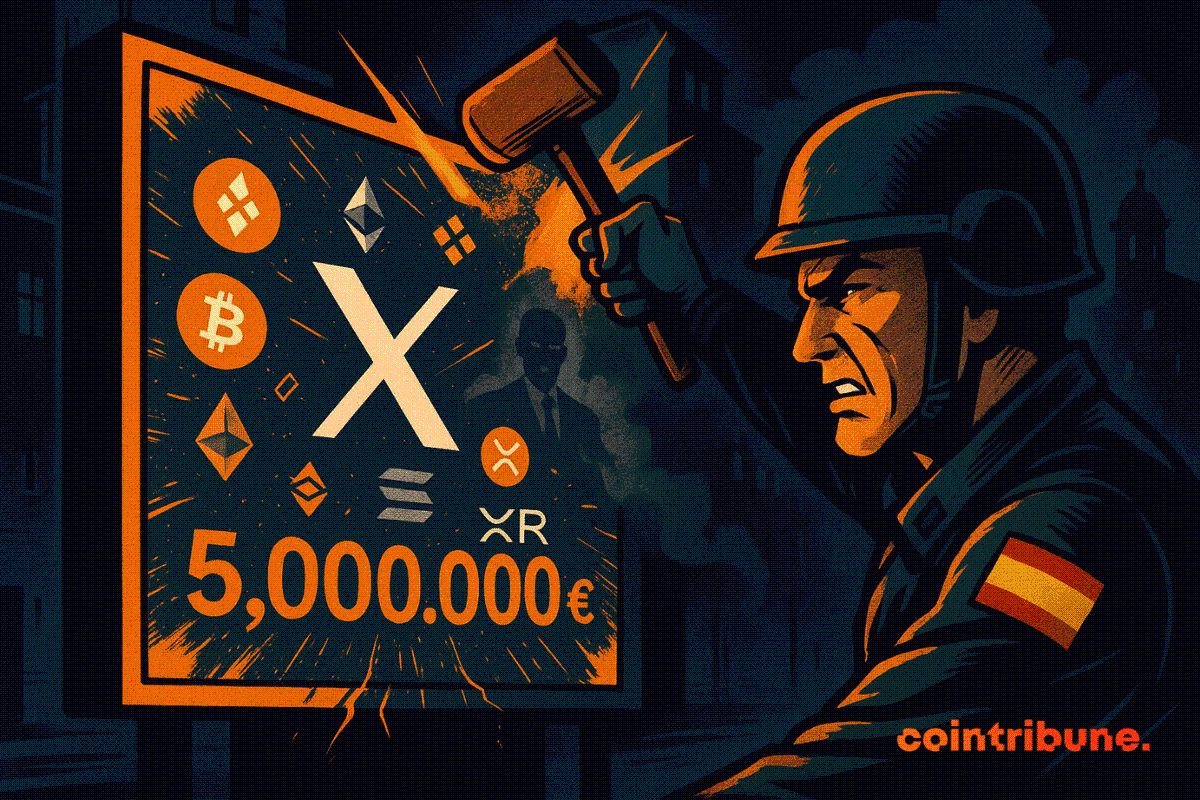Ethereum's Two-Year Technical Roadmap Revealed: Which Upgrades Will Provide the Strongest Price Support?
Several <i>technical breakthroughs</i> depicted in the technical chart may provide support for the Ethereum price (E Guard Special).
Original Author: Haotian, Crypto Researcher
Based on the Ethereum's Future Two-Year Technology Roadmap, sharing several "Technological Breakthroughs" that could potentially provide support for the price direction (E Guard Exclusive):
1) zkEVM Layer1 Integration
Implementation Timeline: Mainnet deployment to be completed from Q4 2025 to Q2 2026;
Technical Goals:
· 99% of blocks validated within 10 seconds;
· 80% reduction in zk-SNARK verification cost;
Significance of Implementation:
· Increased market share of stablecoins such as USDC, USDT on the Ethereum main chain, leading to a corresponding increase in daily Gas consumption, directly driving ETH deflation;
· zkEVM's zero-knowledge proof technology provides compliance and privacy protection for traditional financial institutions, activating potential large-scale institutional DeFi application scenarios;
2) RISC-V New Architecture Execution
Implementation Timeline: Research and development to start in the second half of 2025, phased slow progress from 2026 to 2030;
Technical Goals:
· 3-5x improvement in smart contract execution efficiency;
· 50-70% reduction in Gas cost;
· Open-source instruction set architecture to replace the current EVM, better compatible with modern hardware acceleration technologies;
Significance of Implementation:
· The magnitude improvement in execution performance will spur new application scenarios, such as high-frequency trading, real-time gaming, AI inference, micropayments, and microtransactions;
· Lower Gas costs will reinvigorate microtransaction scenarios, significantly expand user base and usage frequency, creating a positive cycle of ETH demand;
3) Layer1-Layer2 Ecosystem Collaboration
Implementation Timeline: Starting in Q4 2025, continuous optimization from 2026 to 2027;
Technical Goals:
· Achieve seamless interoperability between L1 and major L2 solutions (Arbitrum, Optimism, Base, etc.);
· The current decentralized liquidity is around $1.2 trillion TVL, with the total unified liquidity pool TVL surpassing $2 trillion;
· Cross-layer transaction costs have been reduced by 90%, achieving cross-layer confirmation within 10 seconds;
Significance of Achievement:
· DeFi protocols can more efficiently aggregate liquidity across the entire ecosystem (L1+L2), generating a network effect where 1+1>2, significantly improving the capital efficiency and user experience of the entire Ethereum ecosystem;
4) Validator Economic Optimization
Implementation Timeline: Starting in the second half of 2025, in coordination with various technical upgrades, continuous optimization over 2 years;
Technical Goals:
· Gradually reduce the validator's minimum staking threshold from 32 ETH to 16 ETH, and eventually to 1 ETH;
· Increase staking annual rewards from the current 4-6% to 6-8%;
· Simplify validator operation requirements, support light node validation, and increase network decentralization;
Significance of Achievement:
· The reduction in the validator threshold and optimization of the reward model are expected to increase the ETH staking rate from the current approximately 25% to over 40% (locking up around 48 million ETH), further reducing ETH's circulating supply and strengthening deflation expectations;
· The increased staking rewards will enhance the attractiveness of ETH as a "digital bond," providing fundamental support for its valuation;
5) Sharding Technology Revival (ETH 3.0)
Implementation Timeline: Design and development to begin in 2026, with implementation in 2027-2028 or later;
Technical Goals:
· Achieve processing capacity of millions of transactions per second through zkEVM+ and sharding;
· Reduce data availability costs by 99%;
· Distribute blockchain data across multiple shards, with validators only needing to process a portion of the data;
Significance of Achievement:
· The reintroduction of sharding indicates that Ethereum is preparing for the widespread adoption of Web3 in the next decade, and the long-standing vision of the "world computer" will be brought back to the agenda;
Disclaimer: The content of this article solely reflects the author's opinion and does not represent the platform in any capacity. This article is not intended to serve as a reference for making investment decisions.
You may also like
The Next Era of AI: How Gradient is Shaping the Future of Open Intelligence

Spain Pins X for Illegal Crypto Promotion

Crypto Market Turns Cautious as Bitcoin Slips and Fear Index Hits Extreme Lows

XRP ETF Price Crash Explained
